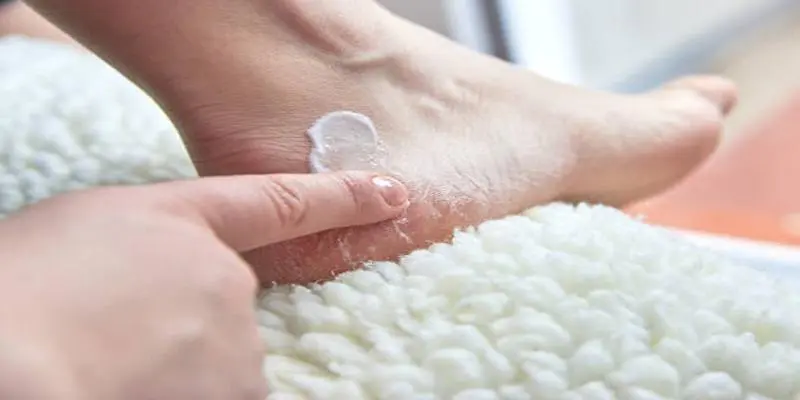Achieving a luminous and healthy complexion is a widespread desire. Although genetics have some influence, the majority of it hinges on the care we provide our skin. A radiant and clear skin tone is not exclusive to a select few; it can be attained through a simple skincare routine and effective daily practices. In this article, we will explore practical, science-backed skincare tips to refine your regimen and guide you towards a healthier, more radiant skin.
1. Skin Awareness: The Cornerstone of Superior Skincare
Before delving into specific recommendations and products, it's essential to acknowledge your skin type and its unique needs. Elements such as genetics, age, environment, and lifestyle choices impact your skin's type, texture, and condition. The deeper your understanding of your skin, the more effectively you can choose products and tailor your routine to meet its demands.
1.1 Identify Your Skin Type
Determining your skin type is the first step in crafting a skincare regimen. The primary skin types are oily, dry, combination, sensitive, and normal. Recognizing your skin type enables you to select suitable products that will address your skin's concerns without causing irritation or imbalance.
Oily skin: Marked by active oil glands, which can result in a shiny appearance, enlarged pores, and frequent blemishes.
Dry skin: Lacking hydration, which may lead to a rough texture, flaking, or a dull look.
Combination skin: A mix of oily and dry areas, typically oily on the T-zone (forehead, nose, chin) and dry on the cheeks.
Sensitive skin: Easily irritated by products or environmental factors, with a propensity for redness, stinging, or reactions.
Normal skin: Balanced, neither too oily nor too dry, with minimal imperfections.
Understanding your skin type is crucial for choosing the most appropriate products and ingredients.
2. Creating a Tailored Skincare Routine
A skincare routine can be straightforward yet potent. The key is consistency and employing the correct products in the proper sequence. A basic skincare routine usually consists of three fundamental steps: cleansing, moisturizing, and sun protection. You can augment this routine by incorporating targeted treatments based on your skin's specific needs.
2.1 Daily Cleansing
Cleansing is the initial and most crucial step in any skincare routine. It helps to remove dirt, oil, makeup, and impurities that accumulate on the skin throughout the day. The objective is to choose a mild, non-stripping cleanser that cleanses your skin without disrupting its natural moisture barrier.
Tip: Consider a gentle gel or cream cleanser in the morning to refresh your skin, and an oil-based or balm cleanser at night to break down makeup and impurities. For oily skin, think about a foaming or salicylic acid-based cleanser for deep pore cleansing.
2.2 Regulate with Toner
Toners aid in reestablishing the skin's pH balance and prepare it for better absorption of subsequent products. While toners were once mainly for oil removal, contemporary formulations offer a variety of benefits, from hydration to pore refinement.
Tip: Look for toners containing hyaluronic acid for hydration, niacinamide for soothing, or witch hazel for pore tightening. Steer clear of alcohol-based toners, as they can dehydrate the skin.
2.3 Exfoliate Judiciously
Exfoliation is essential for maintaining skin smoothness and removing dead skin cells that contribute to dullness. However, over-exfoliation can damage the skin's barrier and cause irritation. The goal is to find the right balance.
Tip: Use a chemical exfoliant (AHAs or BHAs) 1-2 times a week to prevent physical scrubbing that can lead to microtears. Glycolic acid and lactic acid are









